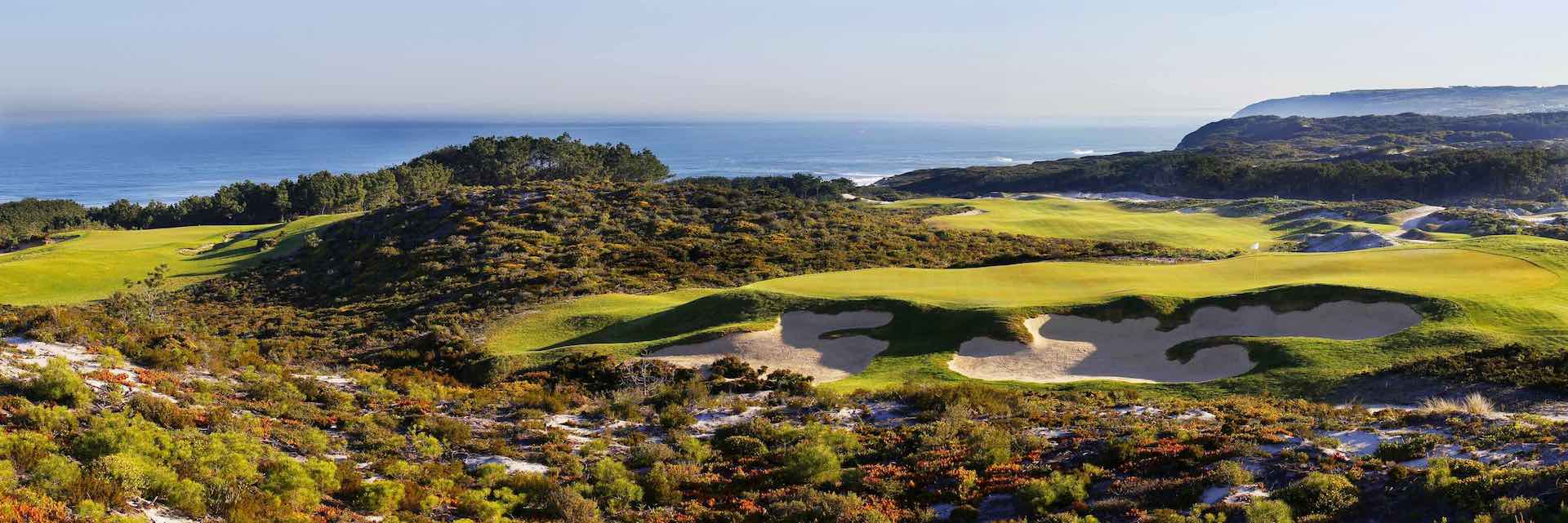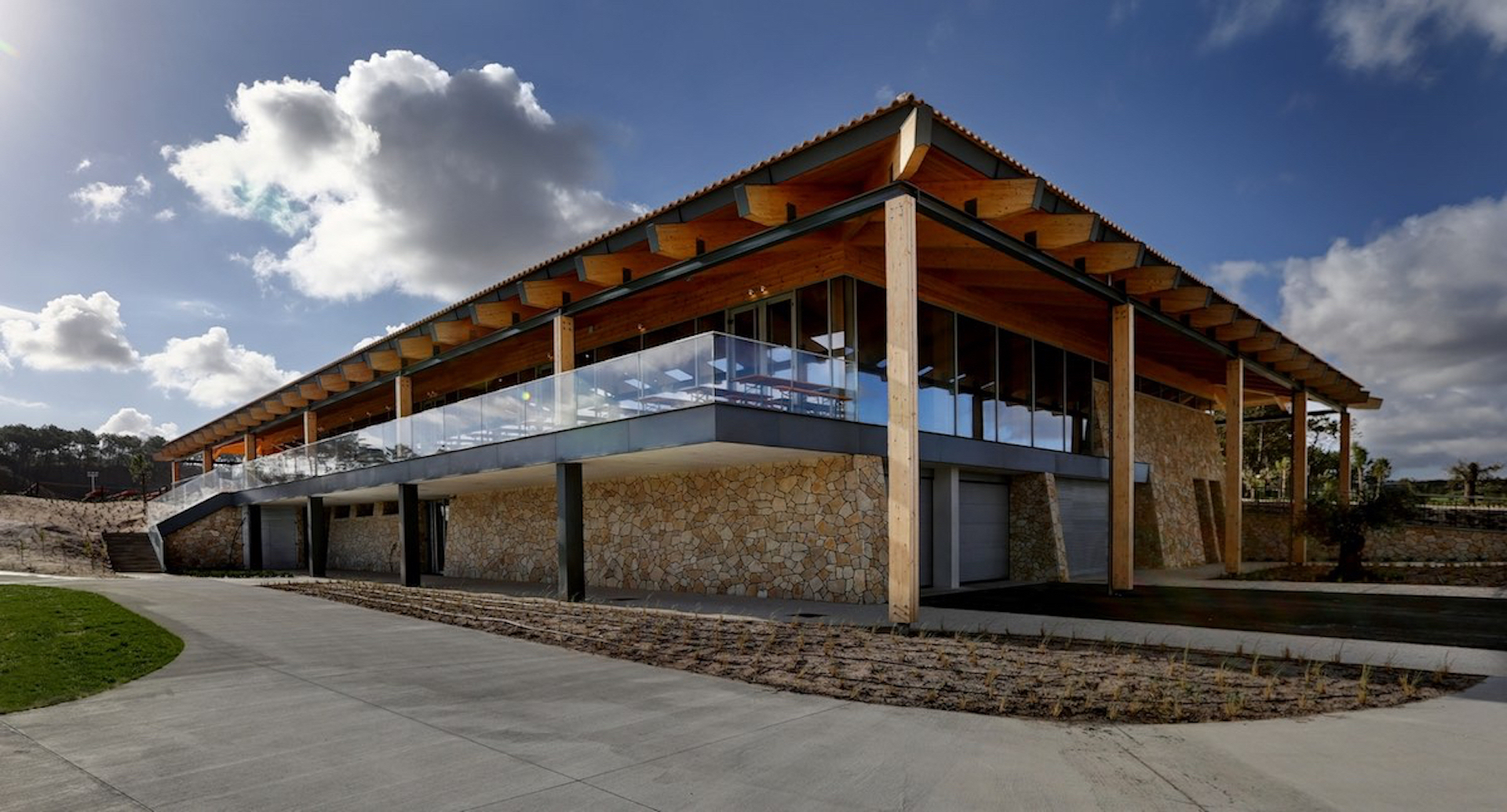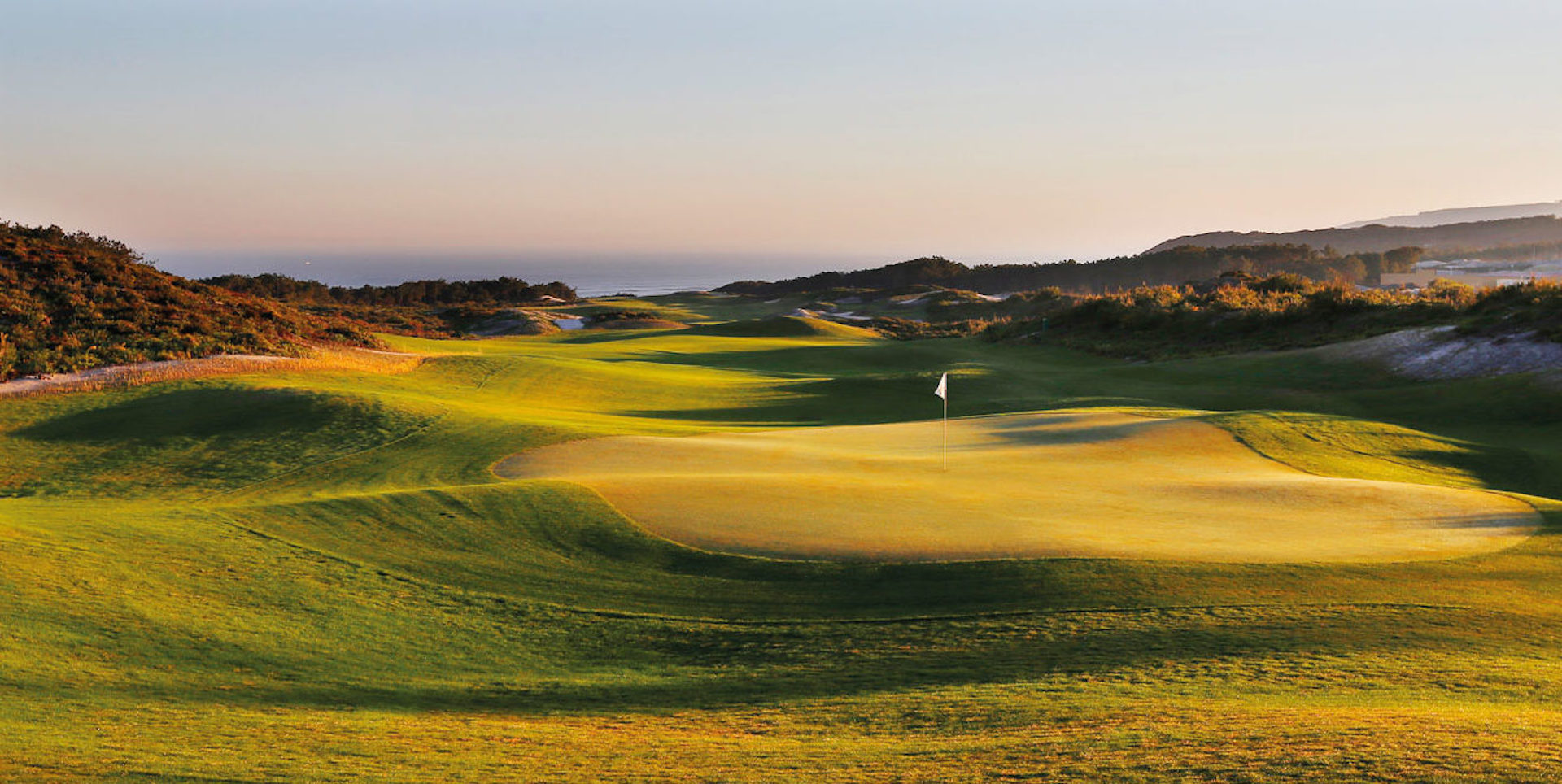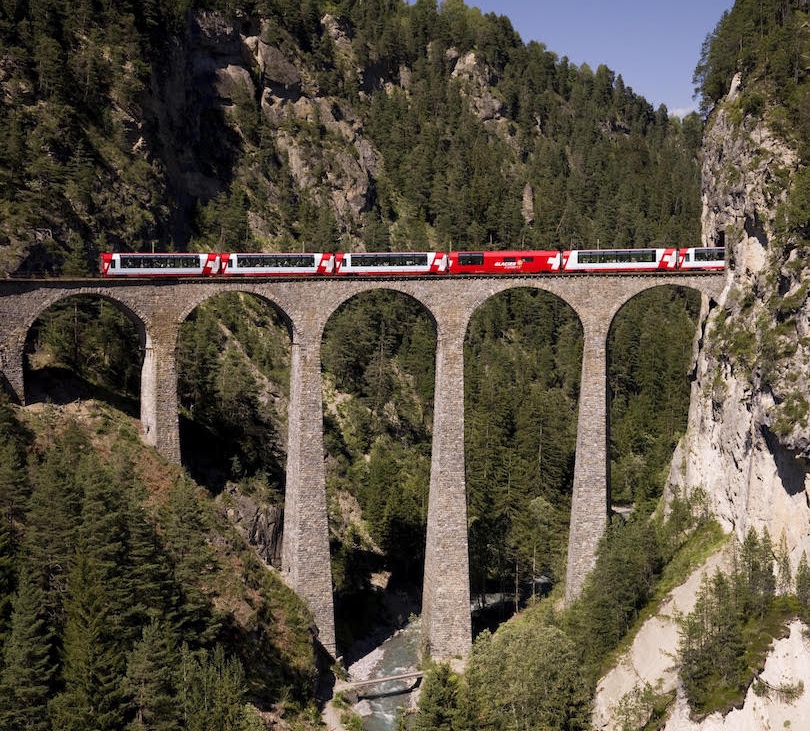News
Latest > West Cliffs singled out for praise
Sep 5th, 2017
West Cliffs singled out for praise
For environmental sustainability
Words: GolfPunk
 West Cliffs Golf Links, Europe's most exciting new golf course project, has been singled out for special praise by the Golf Environment Organisation (GEO) after becoming a GEO Certified® Development - and the first course in Europe to complete its OnCourse Developments programme.
West Cliffs Golf Links, Europe's most exciting new golf course project, has been singled out for special praise by the Golf Environment Organisation (GEO) after becoming a GEO Certified® Development - and the first course in Europe to complete its OnCourse Developments programme.
Located an hour north of Lisbon on Portugal's Silver Coast, the Cynthia Dye–designed course has been hailed as one of the new stars of European golf after opening at the start of the summer, and been acclaimed by the GEO for "raising the bar in sustainable golf course construction."
The first Dye golf course in Portugal - and only the fourth in Europe - the spectacular par-72 clifftop links sits amongst 200 hectares of natural landscape, rolling sand dunes and coastal vegetation, and offers sweeping views of the Atlantic Ocean from each hole.
 Construction work on West Cliffs began last February, with Dye and her team working in close collaboration with the local government to ensure minimum disruption to the environment to create a harmonious and sustainable links, and Sam Thomas, the GEO's golf developments manager, believes they have created a new benchmark for future global golf course design projects.
Construction work on West Cliffs began last February, with Dye and her team working in close collaboration with the local government to ensure minimum disruption to the environment to create a harmonious and sustainable links, and Sam Thomas, the GEO's golf developments manager, believes they have created a new benchmark for future global golf course design projects.
Thomas said: "The entire ethos of the project from day one has been to generate greater positive impacts and a sustainable, long lasting legacy for the area. The level of commitment in the construction work at West Cliffs has been very impressive and, it can be said, has raised the bar for sustainable golf course construction.
"We are proud to be able to work with leaders who take their opportunity to demonstrate the social and environmental benefits of great golf. To become the first golf development in Europe to successfully complete the OnCourse Developments programme is a great statement to the commitment and results generated by everyone involved. We very much look forward to our continual involvement in this exciting and high-profile golf development."
As well as minimising disruption to existing established vegetation and limiting the amount of golf-course irrigation and intensively-managed turf needed to 26 hectares - just 11 per cent of the total site area - Dye and her team adopted a flexible approach to drainage and bunker design, making full use of natural low points and open existing sand areas to blend in with the present sand dunes and landscape.
The amount of earth moved was restricted to around 220,000 cubic metres - with none of it being taken from the site - while particular attention was paid to increasing a diverse habitat on-site at West Cliffs, including the removal of pine trees to help promote areas of coastal scrub, wetlands and aquatic habitats.
Francisco Cadete, director of golf at West Cliffs Golf Links, said: "It has taken a long time for the dream of building a golf course here to become a reality, and at the heart of the project has been a desire to work with the environment and to enhance its natural beauty.
"Cynthia, her team and Progolf have done an incredible job in creating a course that fits in so seamlessly with the surroundings. It's a great achievement for West Cliffs to receive this recognition from the GEO, and the accolades are recognition for all the hard work that everyone involved has put in to make this project such a success.
"What we have now is a course that sets a new level for golf development in Europe and our hard work will continue on to deliver a wonderful legacy for the region."
Complementing the West Cliffs course - which has been shortlisted to be named as the world's best new course at the 2017 World Golf Awards - is a golf academy, while the resort has further enhanced its environmental credentials with the opening of a stylish and eco-friendly new clubhouse.
 Designed to blend in with the new layout's stunning surroundings, the clubhouse has been built using natural and certified materials and offers guests exclusive panoramic views of the course and the Atlantic Ocean beyond from three sides of the glass-fronted building.
Designed to blend in with the new layout's stunning surroundings, the clubhouse has been built using natural and certified materials and offers guests exclusive panoramic views of the course and the Atlantic Ocean beyond from three sides of the glass-fronted building.
 Related:
Related:

